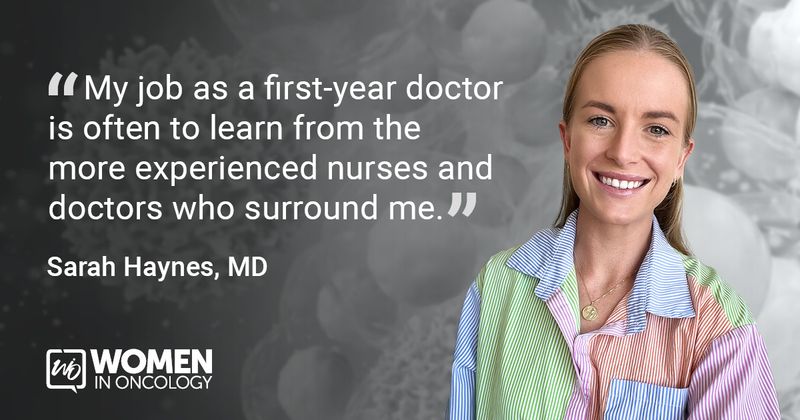BLOG: Looking beyond the uterus
Nothing instills more confidence in your patients than replying “uh, 12 weeks” after they’ve asked how many years of experience you have as a doctor.
With a mere 12 weeks under my belt, I make no diagnoses or decisions without the guidance of a more senior physician (thankfully).

My job as a first-year doctor is often to learn from the more experienced nurses and doctors who surround me, and I’ve recently learned a valuable lesson about medicine’s approach to women’s health.
I started my evening shift, opened the list of patients waiting to be seen and assigned myself first on the list: A young woman, around 20 weeks pregnant. I stepped into her room while my brain sorted through the collection of pregnancy-related conditions for potential diagnoses.
She was nauseous, febrile, with abdominal pain. I examined her tummy, thrown by the 20 cm of growing uterus, I tried to localize her pain. Pain worse on the upper right side?
As all juniors do, I went to relay my assessment to the senior doctor in the ED that day. “Call the obstetrics and gynecology team.”
An overworked and tired registrar answers the phone: “So, you’ve got a patient with a fever and abdominal pain who happens to be pregnant and currently has no red flag symptoms of a pregnancy-related emergency? Treat and examine this patient like any other nonpregnant patient who would present with these symptoms — call the surgeons.”
I assumed that this woman’s pain was coming from her pregnant uterus and failed to consider other diagnoses. I shifted my thinking and considered what her collection of symptoms would make me concerned about in any nonpregnant patient. Gallstones?
Wrong again. She had appendicitis.
Read the full blog post at Women in Medicine Summit.

